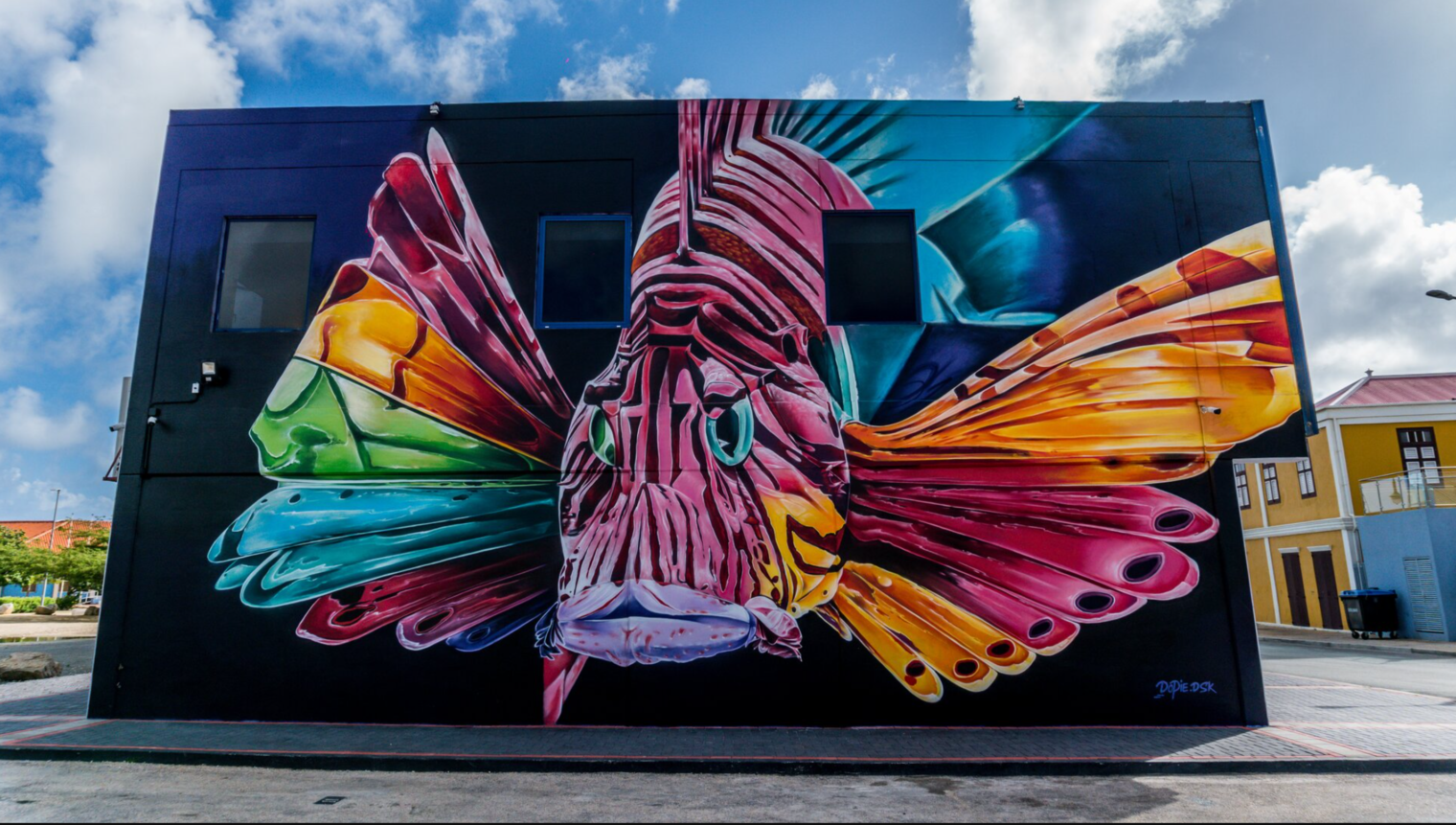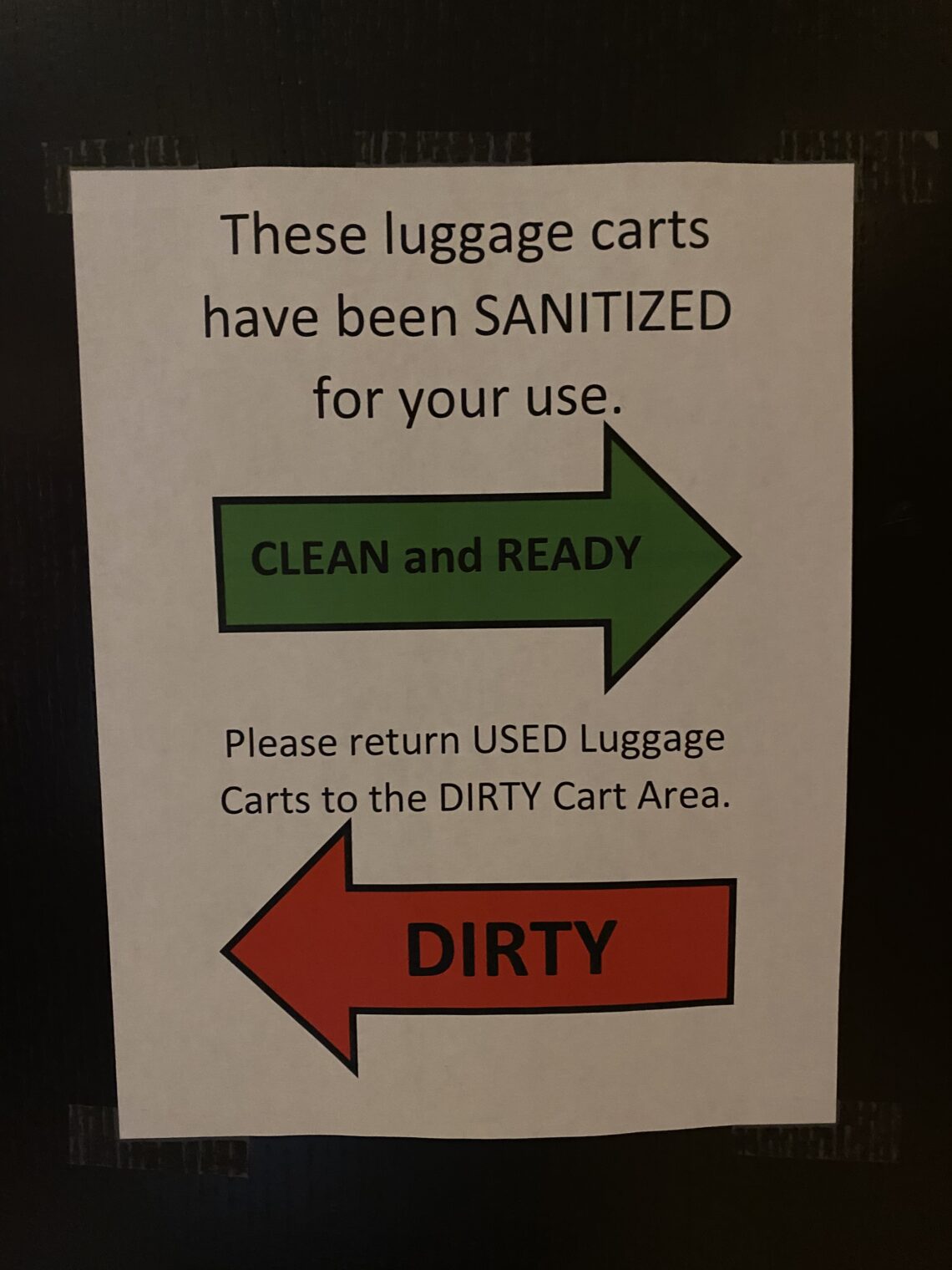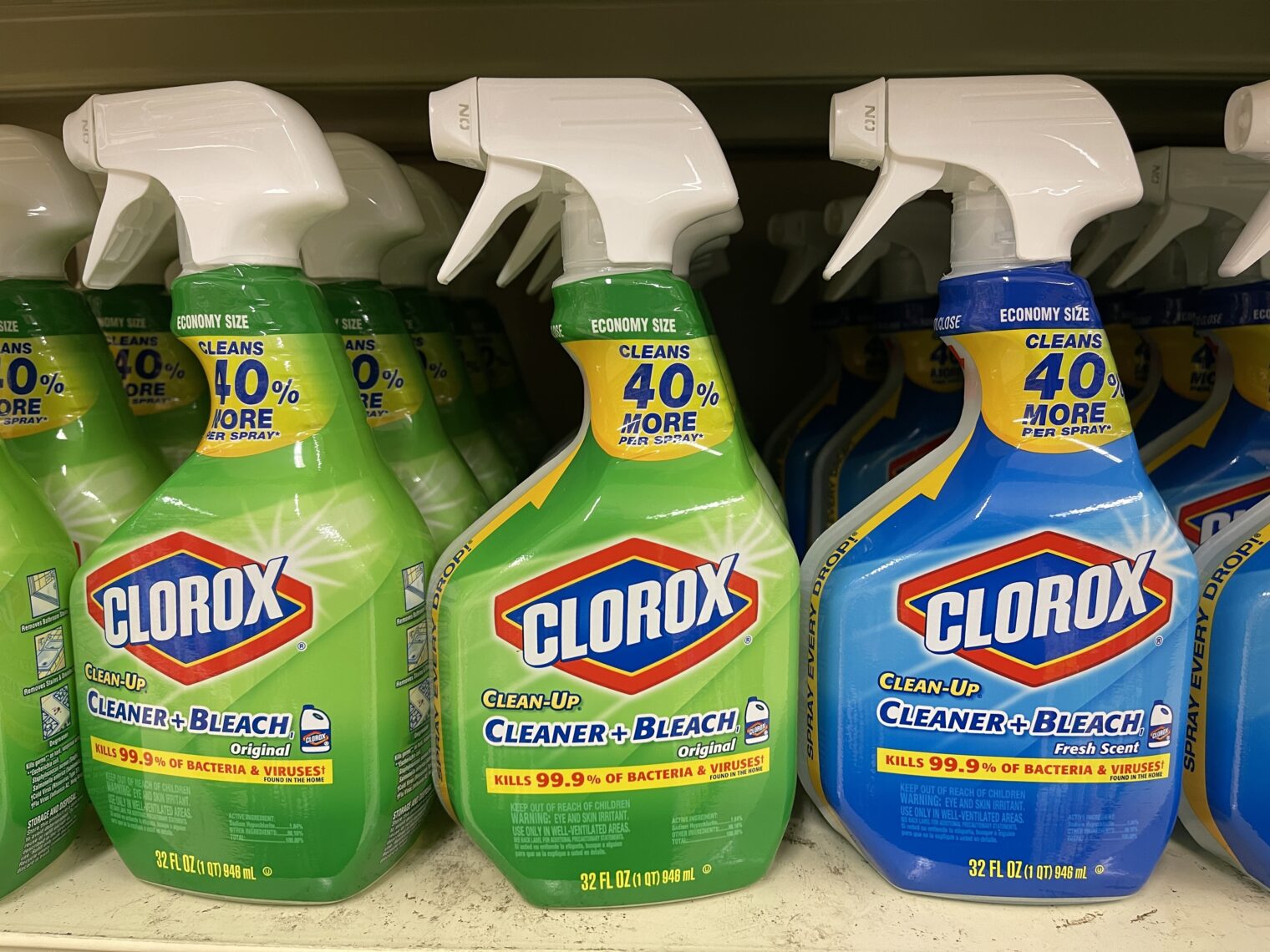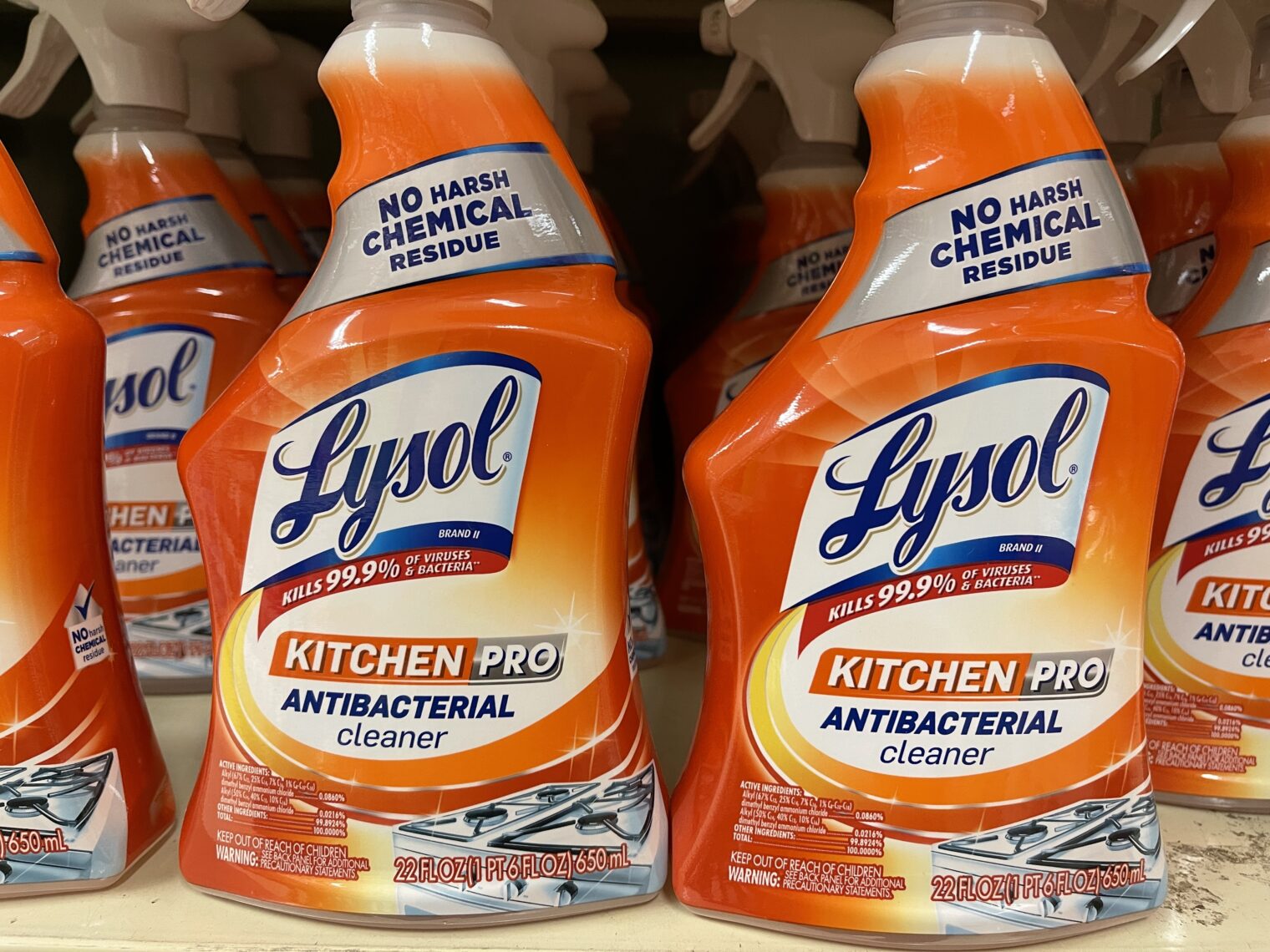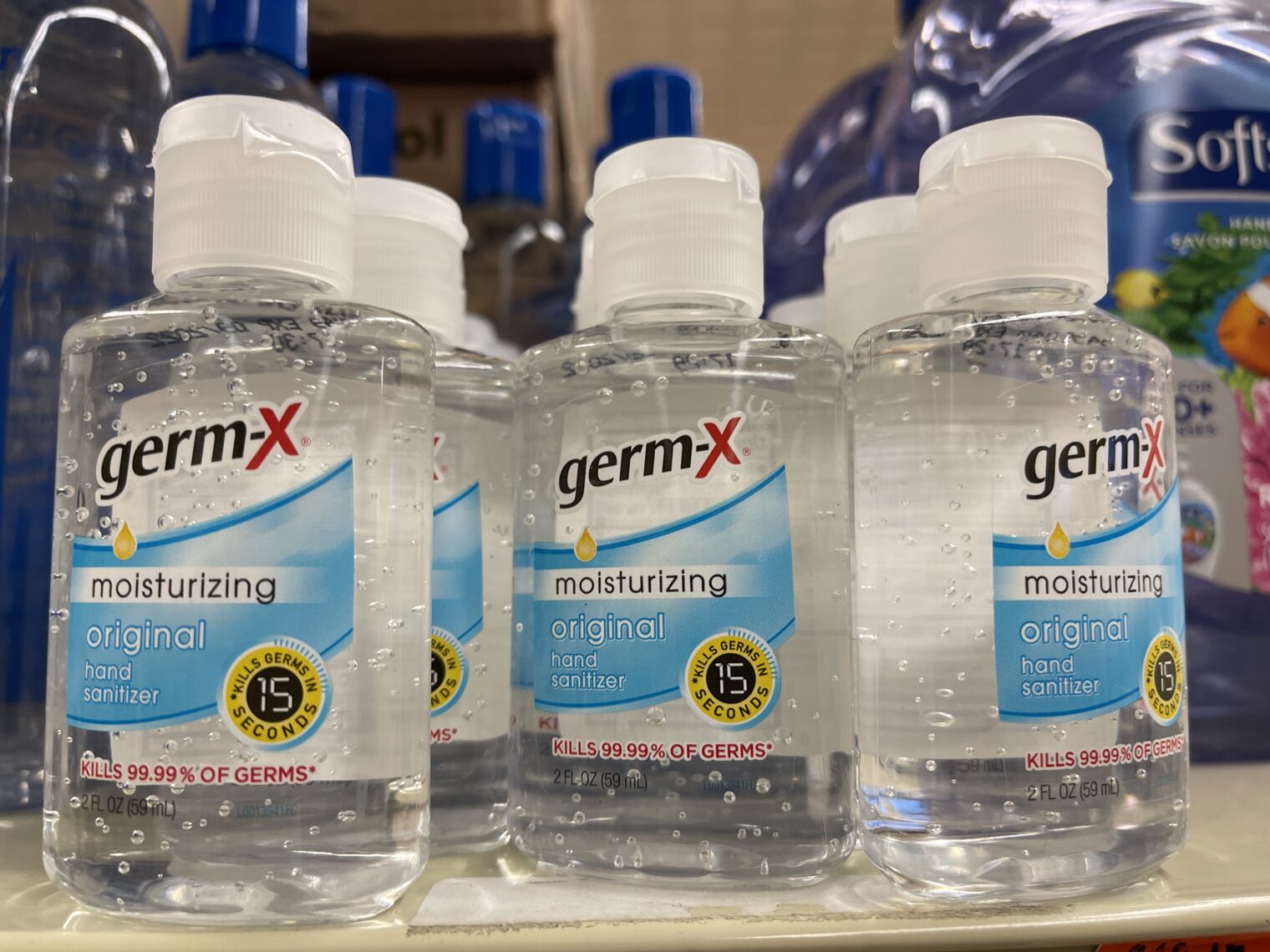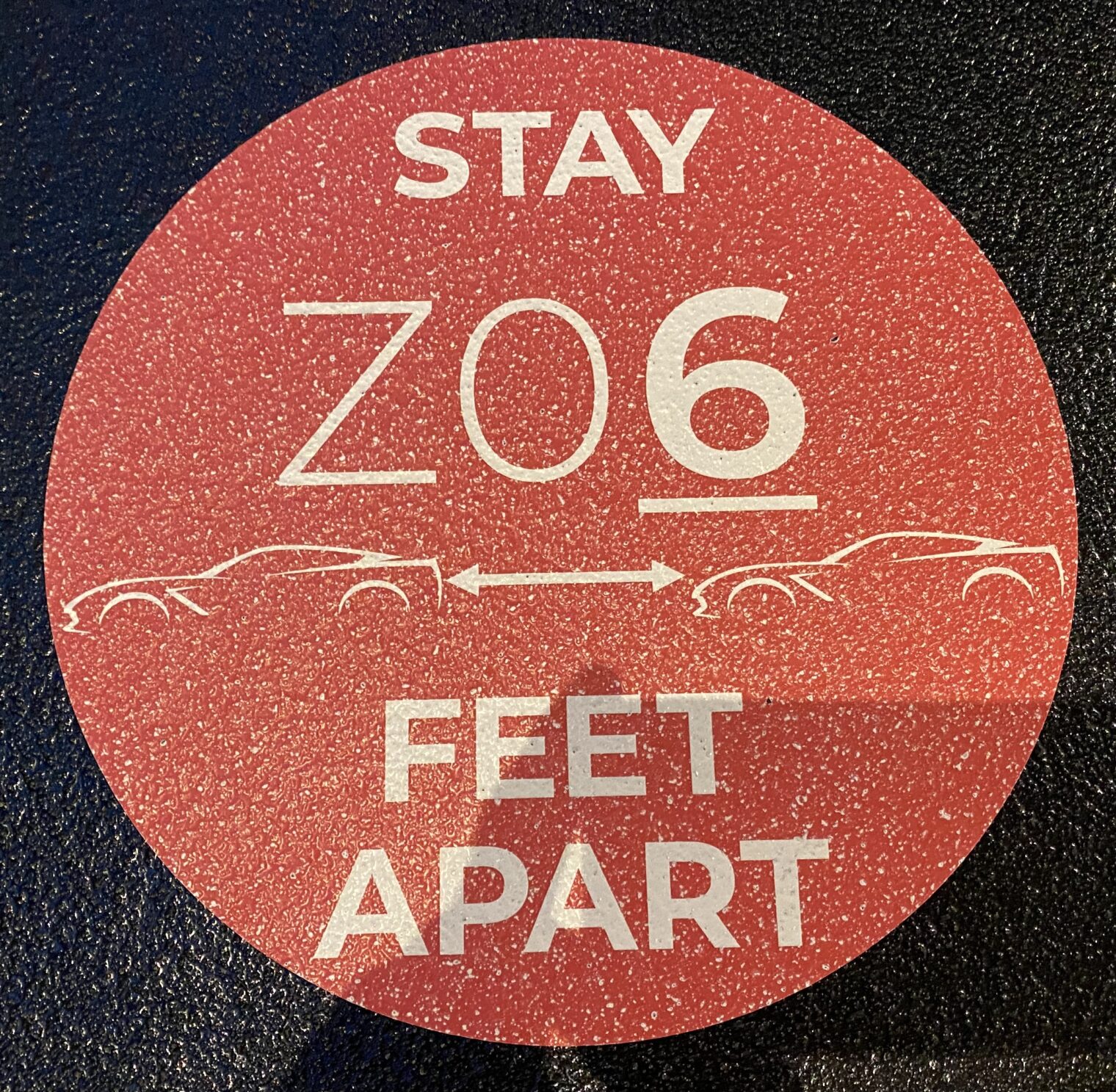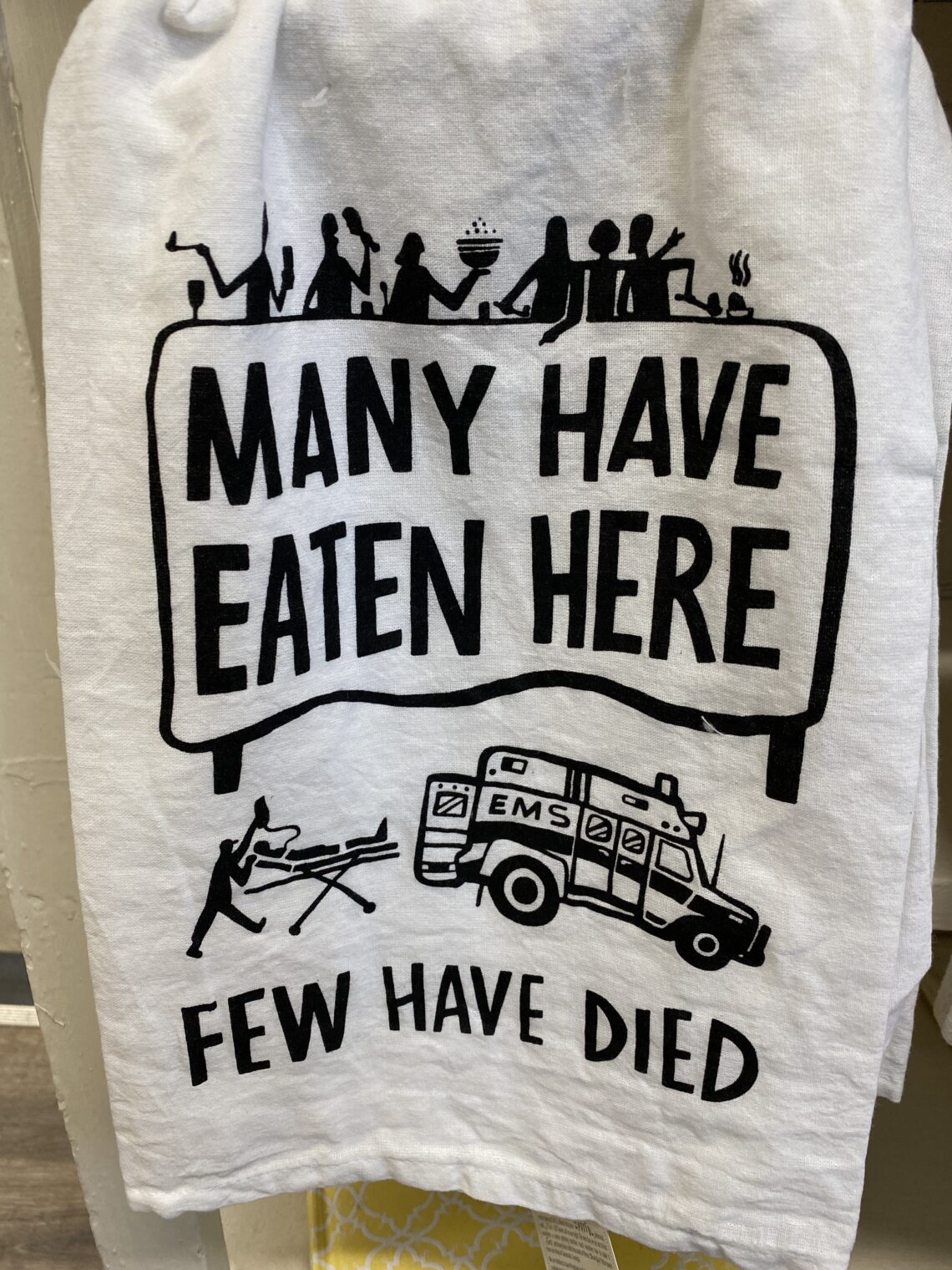Health care workers in Aruba plead with you to stay home and avoid travel
“Health Care Workers Plead With Americans To Take Pandemic More Seriously” (NPR):
Health workers and hospitals already strained by the pandemic are increasingly making direct appeals to the public with open letters, asking people to mask up and stay at home this holiday season.
I was chatting this evening with our stealth author of Medical School 2020. He’s working 12-hour shifts at a hospital where roughly 8 percent of the beds are occupied by COVID-19 patients. “Remember that if someone comes in with appendicitis and happens to test positive, they become a ‘COVID-19 patient’ in our census,” he said.
How seriously do frontline health care workers take the pandemic? Our mole in the system described a doc and nurse couple electing to take a mid-November vacation in Aruba. They got on a flight that was 100-percent full, thus voluntarily spending hours sharing a narrow cylinder of air with 150+ other humans. When they got off the plane, they were subjected to screening questions by the Aruban authorities. Instead of admitting that they worked in a hospital every day, they said that they “worked in biochem.” On reaching the (packed) resort, they said “The majority of the other guests were health care workers” (i.e., there were additional hundreds of doctors, nurses, etc. who had chosen to take the risk of contracting COVID-19 at the jammed airports or on the full flights).
(Separately, should COVID-19 patients be in the hospital to begin with? It is not like having a heart attack or getting into a car accident where the doctors have effective treatments to offer. Why aren’t they at home with an oxygen bottle and a CPAP machine or high-flow nasal cannula? A med school professor friend:
Many things could be done from home cheaper and safer but we don’t have the infrastructure or culture. Home model kills the rationale for the hospital cash cow.
Our Medical School 2020 author:
I agree that outside of severe Covid, most of the interventions can be done at home — we send patients home with up to 5 L O2 for bad COPD. It somewhat reminds me of the slow transition from inpatient to outpatient management for other conditions, e.g., deep ventous thromobosis (“blood clots in the legs”) that now is managed with oral blood thinners at home instead of in the hospital. … There are really only a few interventions that we do for covid19 — low and high flow oxygen supplementation, noninvasive (think CPAP) or invasive mechanical ventilation, steroids (actually a good intervention for mechanically ventilated patients — 30 vs 40 percent 1-month mortality) and remdesivir (only benefit shown in low O2 patients with decrease in hospital stay of 10 vs 15 days in small study). … I agree that the only difference for non-severe covid infections between home versus inpatient is just getting telemetry monitoring and daily labs in the hope of catching worsening pulmonary function or prognostication of the weird complications of covid (e.g., heart attacks, blood clots). Unsure of our prognostic ability to guess who will worsen versus who will improve early on in the course (uptodate states the shortness of breath from covid19 occurs up to 8 days after symptom onset). Perhaps utilizing some Apple Watches and Fitbits over those 8 days might save some hospital beds.
See “A Covid-19 Lesson: Some Seriously Ill Patients Can Be Treated at Home” (NYT, July 18) for a story about a hospital that innovated.)
Is #StayHomeSaveLives the new #TakeTheBusSaveThePlanet? Classically, everyone agrees that it would be a good idea if other people took the bus or the subway, thus reducing traffic congestion and pollution.
From the official Aruba tourism site:
(I would love to go right now, but despite my reputation for skepticism regarding coronapanic, I would not voluntarily get on a commercial airline with all seats full.)
Related:
- “California lawmakers head to Maui with lobbyists despite pandemic, travel warnings” (Politico): Roughly 100 people from four states converged at the Fairmont Kea Lani for a four-day legislative conference organized by the Independent Voter Project, said the group’s chair and executive director, Dan Howle.
